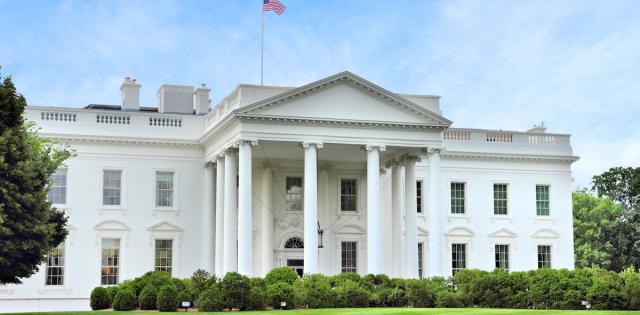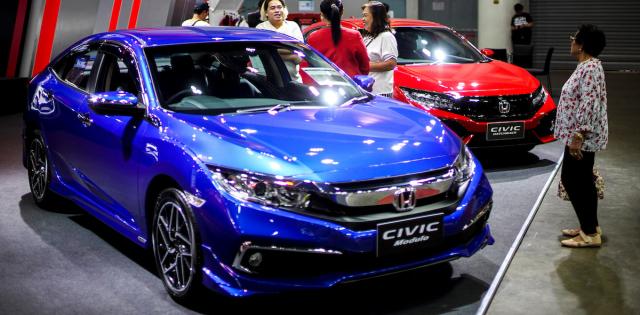Targeting the right consumer with the right messaging at the right time – that’s why auto dealers should put a good portion of their marketing budget towards the “giants” of digital platforms, Google, Facebook and Twitter.
“Not only are consumers increasingly online,” Peter Leto, head of Retail Sales at Google Automotive, told a packed audience during the NADA Show Super Session, Leveraging Digital Giants, “but the amount of time they are spending online is increasing.” Google properties reach more than one billion users, so the platform is perfectly poised to “help you connect with customers no matter where they are across the web,” Leto said.
Leto noted that online media consumption surpassed traditional media consumption in 2013 and is on pace to grow even further. This is particularly true for video, which Leto says is estimated to make up 80% of online traffic consumption in 2018. “Video is the number one ad format to discover new vehicles. Video is the new test drive.”
Auto dealers are already aware of and on board with the immediacy, relevance and convenience of digital marketing, noted Phillip Rather, Facebook's head of local partnerships. “Dealers are just behind real estate agents as the most savvy local marketers,” Rather said. He pointed to Toys R Us as an example of a retailer who “didn’t take digital seriously,” in terms of not just being an incredibly effective audience targeting tool, but in having access to invaluable data about those customers.
The explosive growth of mobile is another trend that will continue to shape auto dealers marketing efforts – 26 percent of all time spent online is on mobile, Rather said. “It’s a cross-everything world,” Rather joked. “You have to have different messages on different devices from different places,” to increase reach, improve precision and sell more products.
Almost half of U.S. car buyers are active on Twitter and use the platform as a leading information tool, said Chad Rumminger, Senior National Sales Manager and Automotive Lead for Twitter. And that information seeking does convert into sales, Rumminger pointed out. Twitter users are 79 percent more likely to buy in the next four years compared to non-users.
Auto dealers should invest in all three platforms since they each can help identify and engage with the right sales and service prospects.










